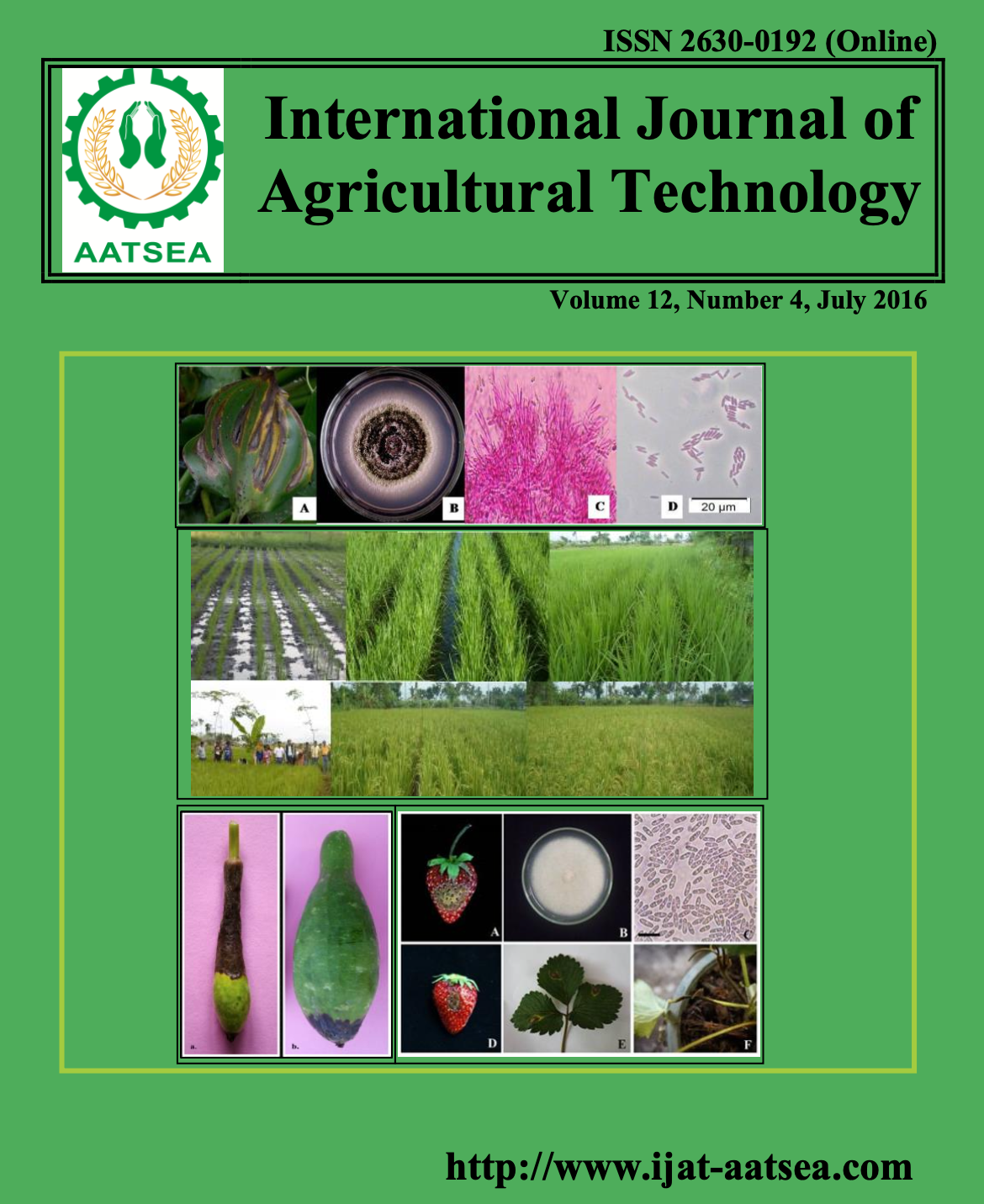ASEAN economic community: opportunity and feasibilities of thailand’s rubber industry investment
Main Article Content
Abstract
From the data analysis, it was revealed that rubber smallholder under ORRAF replanting and new planting scheme have owned rubber area at the average of 13.54 rais with the average unsmoked sheet of 303.90 kilogram/rai/year with may not sufficient enough for the family income during the price declining period. It was also quite obvious that rubber smallholder in Thailand has full knowledge and high skill in rubber planting and rubber maintenance particularly on tapping skill but Thailand still has one disadvantage on high cost of rubber production compared with other producing countries in ASEAN. However, Thailand has an advantage on midstream level with its strong and efficiency of 471 factories whilst in downstream level even though Thailand can gain more advantage on her leading position as the top car manufacturer ranking number 9thof the world in 2014 and enhancing domestic rubber consumption within the country but newly investor still lacking of technical knowhow that need the government to support on both technical knowledge and soft loan. In the study, technique on Reveal Comparative Advantage and BCG Matrix were employed. The result from BCG Method was confirmed Thailand position at the “cash cows” status meaning that rubber can contribute lot of income to the country although the growth rate is significantly low. Therefore in order to achieve the maximize profit for Thailand when entering into AEC, Thailand need to encourages rubber smallholders to produce rubber more efficiency and apply sufficiency economy philosophy to produce rubber on the sustainable basis. For the downstream level, government sector should lending support to newly investor and encourage foreign investment through Board of Investment (BOI) by exercising income tax reduction and also allow foreign investment to occupy land for specific purpose.
Article Details

This work is licensed under a Creative Commons Attribution-NonCommercial-NoDerivatives 4.0 International License.
References
Department of Trade Negotiations. (2007). Establishment plan for AEC. Retrieved from http: //www.dtn.go.th/images/authorname/AECASEAN/2/2.pdf.
Gall, M. D., Borg, W. R. and Gall, J. P. (1996). New York: Longman Publishers. 18 pp.
Office of Agricultural Economics (2014). Agricultural statistics in Thailand. Agricultural cooperative printing demonstration assembly of Thailand ltd. Bangkok: 174 pp.
Patton, M. (2002). Qualitative Evaluation and Research Methods (3rd Ed.). Thousand Oaks, CA: Sage.
Rubber Research Institute of Thailand, Department of Agriculture (2014). Rubber statistical of Thailand. Vol. 43. No.4. Ministry of Agriculture and Cooperatives. Retrieved from http: //www.rubber.co.th.
Shannon, H. F. H. (n.d.). Retrieved from Three Approaches to Qualitative Content Analysis: www.iisgcp.org/pdf/glssn/Supplemental_Reading_on_Coding_2.pdf.


